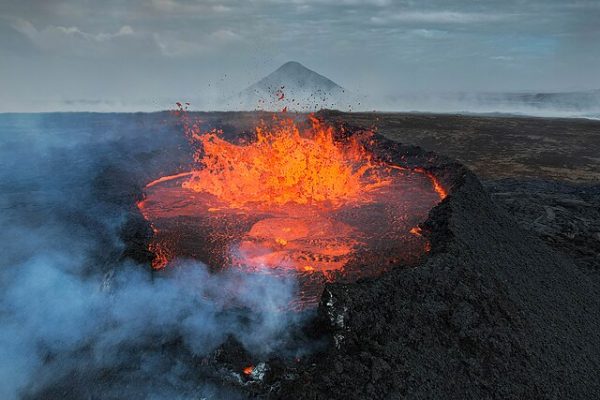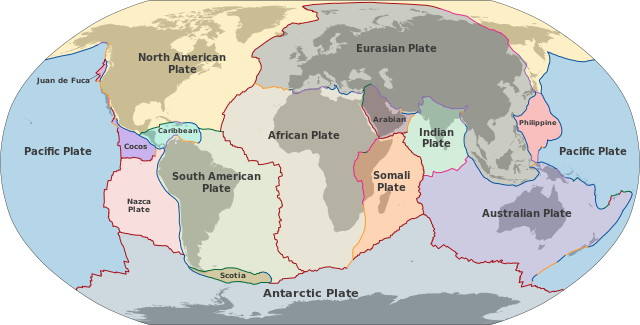With California flooding, storms surging in the Marshall Islands and many more natural disasters occurring, it only makes sense that Iceland has joined the party.
Since December of 2023, Iceland has experienced multiple volcanic eruptions from its vast volcano system. All over Iceland, hot magma has been spewed causing millions in damages and has brought suffering to many of the Icelandic people. One of the most recent examples of this unfortunate natural disaster is the coastal fishing village of Grindavik as well as the Icelandic capital of Reykjanes. In past years, it has been reported that volcanic activity is present every five years but as of late, there have been eruptions every twelve months. Even more frequently these past few months starting in December. Both Grinkavik and Reykjanes had to be evacuated as precautions from the past seismic activity. Along with a nearly two-mile fissure northeast of Mount Sunukeur. A volcanic formation is formed when two tectonic plates go through a process called divergent or convergent under the earth’s surface. The volcanic formation comes in various shapes and sizes due to the magnitude of the shifting of the tectonic plates. Iceland is placed on top of a divergent line between tectonic plates, resulting in multiple volcanoes in the area surrounding the plates. Under those plates, there is magma. Magma is the molten rock and minerals that flow under the crust surface and is the result that flows from an erupted volcano. When the magma has erupted above the surface we call it lava. Lava is highly destructive and can cause permanent damage to areas.
Luckily, there was no civilian harm done by the volcano. While locals were able to evacuate these areas, this also meant that the surrounding tourist destinations had to be evacuated as well. One of which was the TikTok favorite: The Blue Lagoon. The Blue Lagoon brought in thousands in tourist profits as so many went for the geothermal health benefits of the natural springs which are blue like its namesake. Regrettably, there was damage to pipes transporting water and heat to several communities that rely on these pipes daily. Many officials are working to make sure that the areas that have been affected by the busting of the pipes are getting water and heat from alternative sources.

Since the abundance of eruptions in Iceland, many scientists have been monitoring future eruptions by monitoring the building up of surface magma. During the monitoring, they have also been checking for more minor earthquakes that have often been the result of volcanic eruptions and seismic activity. Unfortunately, there is very little that the Icelandic government can do to the geographical location of Iceland and the feasible task of moving volcanoes out of the area. But precautions are being taken daily to lower any risk and damage that may be done by these geographical disasters. Iceland has active volcano watches which give live, accurate reports of the volcano’s conditions. Along with actively taking air quality tests to make sure that the toxic fumes of the volcano don’t reach a level that can be harmful to those in proximity to the volcano. Even with these precautions in place, there is still concern over the heightened eruptions and the effect that they will have not only on those who live there but the environmental harm that may occur. Questions regarding groundwater, air quality as well as breathability, and environmental effects. These questions are constantly being asked by scientists and environmentalists, the same people who are constantly working for answers and solutions to those problems.
But for now, Iceland has joined the party of natural disaster hotspots. And we can only hope that the party ends soon.



